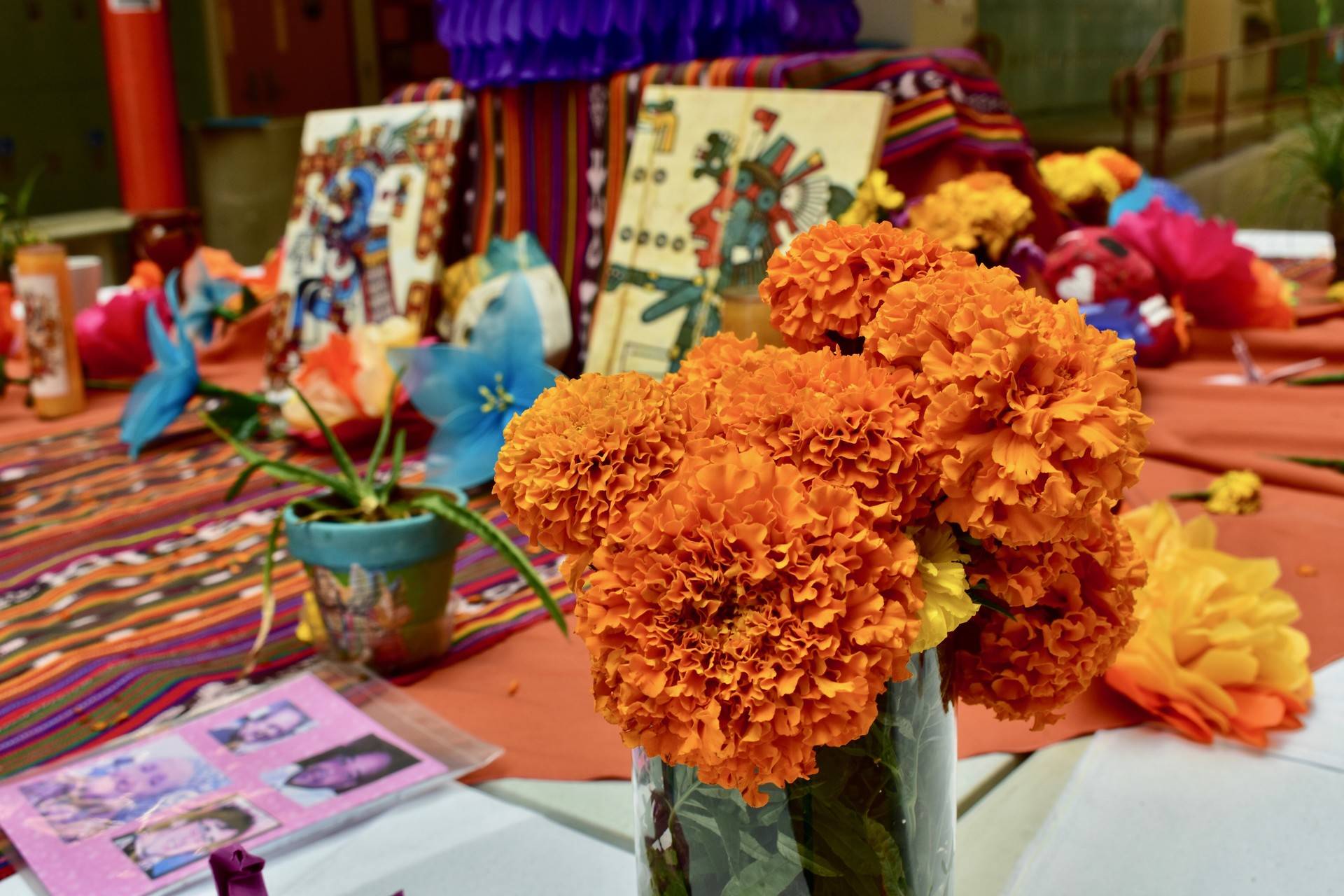Rebeca Flores walked through the hallways of the school to the beat of her ayoyotes — a percussion instrument made of hard shells — with her bright orange Aztec regalia and a copili headdress. Flores, the family liaison at John O'Connell High School in San Francisco's Mission District, led the Danza Azteca at the Latinx Heritage assembly.
Students Honor Their Heritage During Día de los Muertos in SF's Mission District
On Friday, John O'Connell High School students celebrated their Latinx heritage during Día de los Muertos at an event coordinated by the Sueño Latinx student club. The assembly showcased Flores' dance group performing traditional Mexican dances.
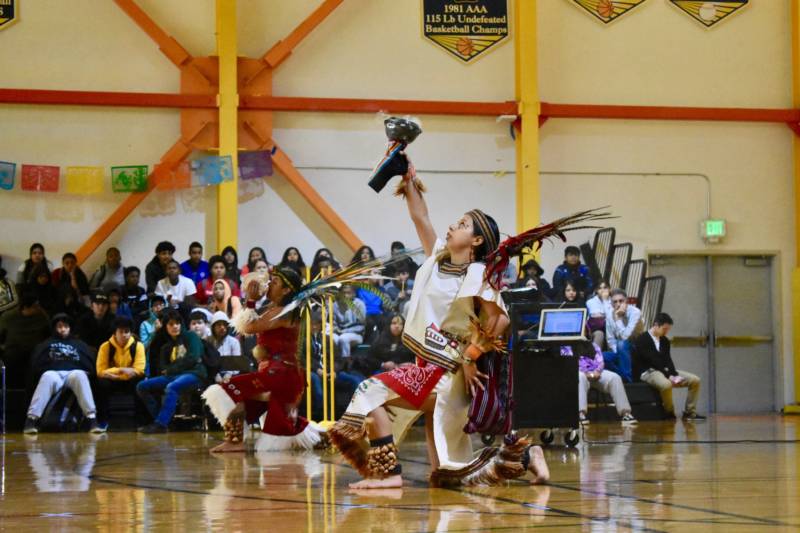
“It is a day when the ancestors come closest to our realm. It is a time to acknowledge them, to commune with them, sing songs to them, offer them food," Flores said. "We offer them our prayer through dance. We stay all night and then we dance in sunrise. That is our offering for them taking care of us.”
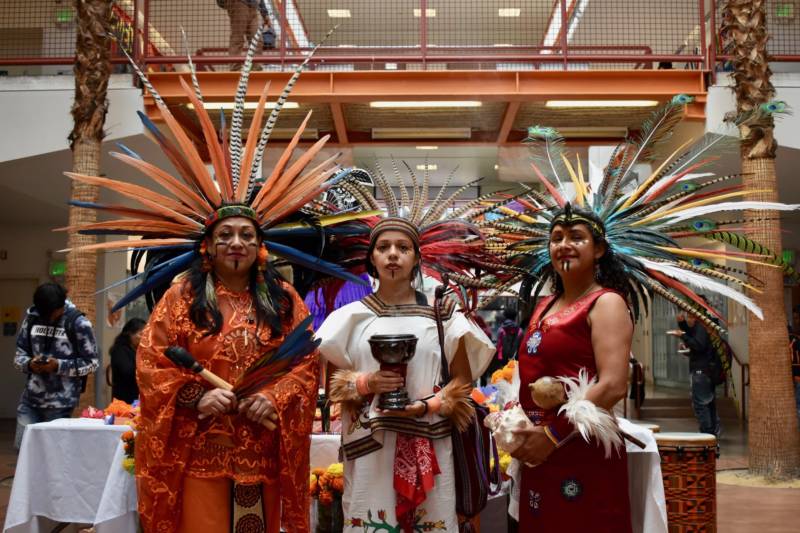
Day of the Dead is an Aztec tradition that focused on celebrating life instead of mourning death. According to the Aztecs, this holiday is an opportunity from those who reside in the afterlife to come back and visit the people they left behind.
On the holiday, people celebrate and give ofrendas, or offerings, to those who have passed — including family, friends or even artists that have stayed in the memory of those who loved them.
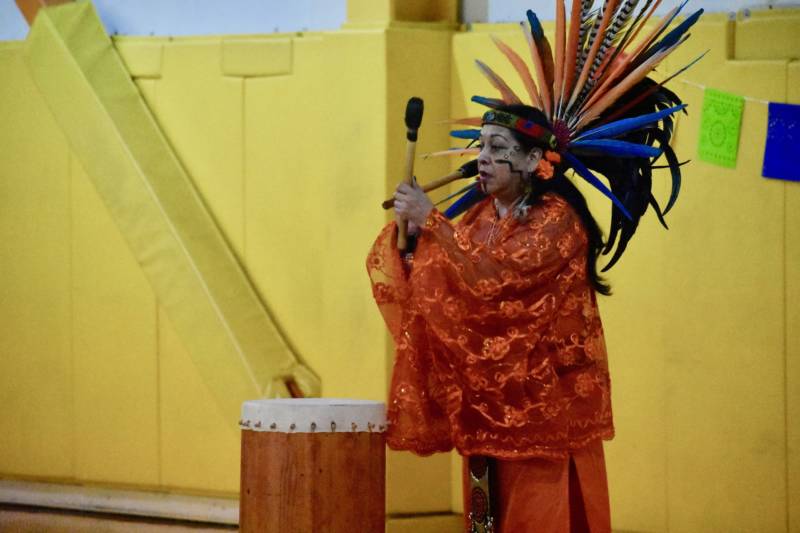
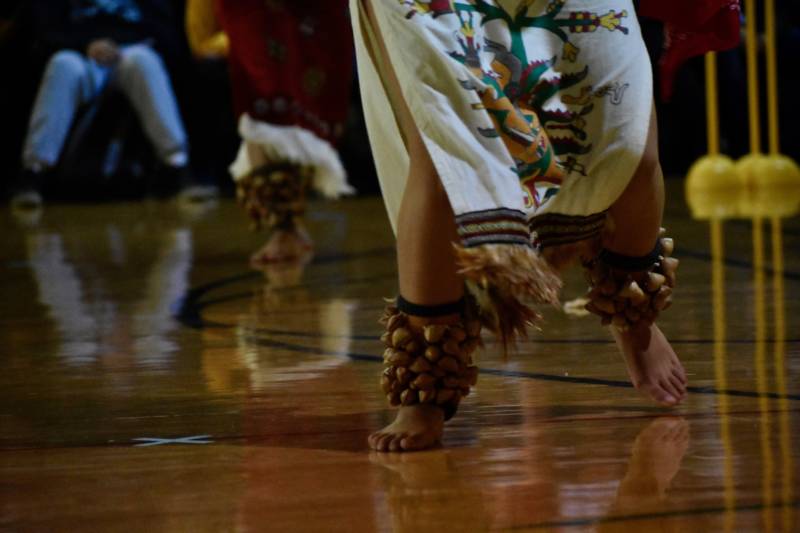
"It is a day to celebrate life with them [the ancestors] and also to remember that death is not an ending it is a transition," said Leeza Lopez, a community health outreach worker at Thurgood Marshall High School and member of Flores' dance group.
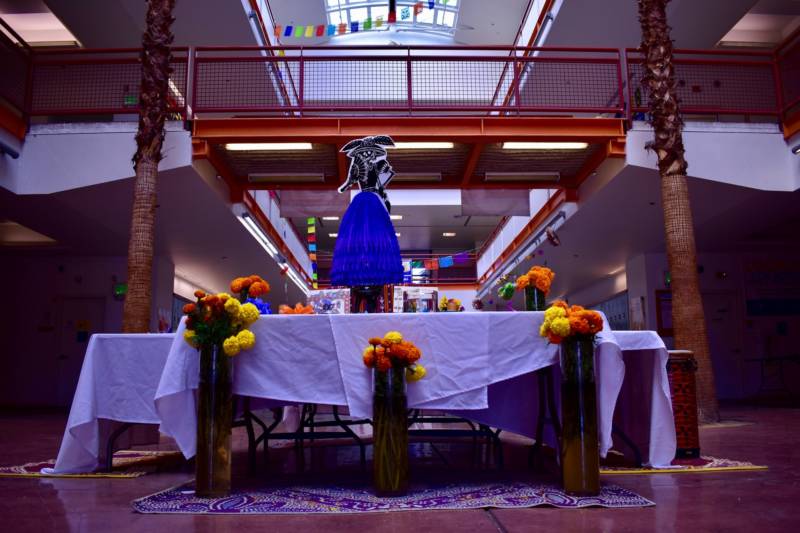
This celebration lasts for two days: On Nov. 1, people remember the youth, and the next day they celebrate elders who passed away. While some materials change depending on who makes the altar, all of them have veladoras (candles), calaveras de azúcar (sugar skulls), papel picado (pecked paper), pan de muerto (bread) and cempasúchil flowers.
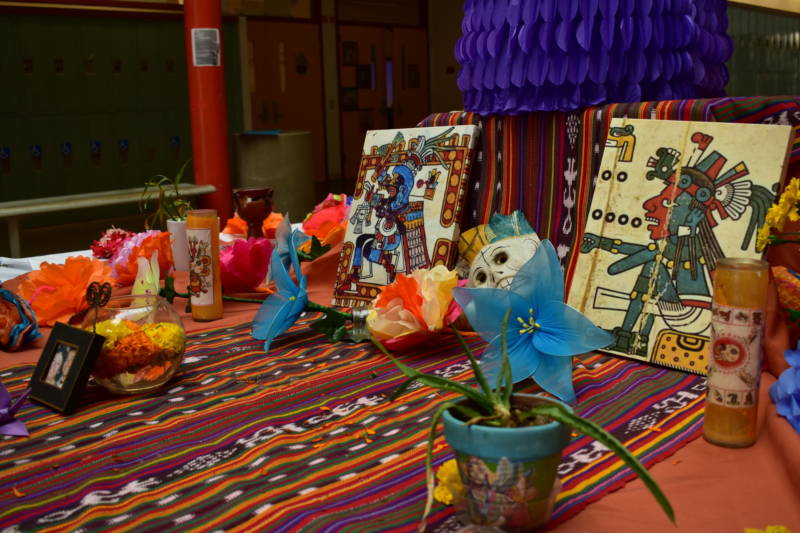
“The day of the dead is when you bring all your memories of the people that passed away, even though it is sad how they died or how much you miss them," said Sissy Daniela Gomez, a Honduran-American student and president of Sueño Latinx club. "It just brings memories and you feel like that person is next to you all the time, you feel their presence.”
Emely Urbina, Vice president of Sueño Latinx club, also performed a poem titled "Los Muertos," or "The Dead." She said that for her, the Day of the Dead is a time to get closer to our past.
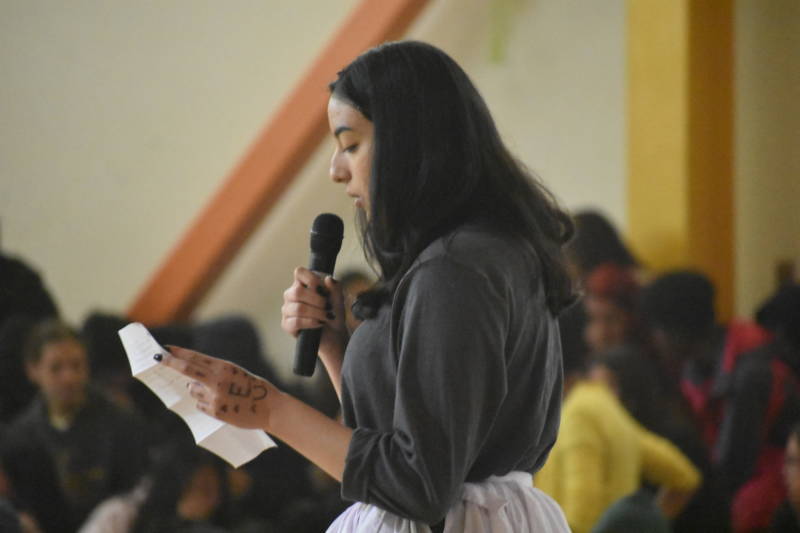
In Día de los Muertos altars, people often add an object that signifies something that the person loved to do. For Toby Blanco-Arevalo, a student at John O'Connell high school, searching for this item is his favorite part of the celebration.
"My grandpa was a carpenter, so he really liked building things," said Blanco-Arevalo. "My grandma had one of his old tools, so we got it and we put it in the altar."
For others like Karina Peña, a junior student at John O'Connell, it's a holiday that brings her family together to paint their faces as calaveras (skulls), while they also celebrate the lives of her aunt and grandmother.
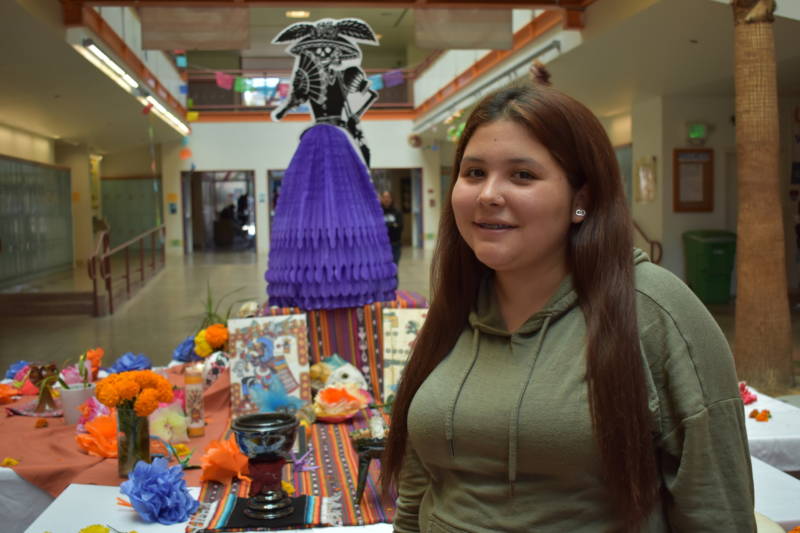
Leslie De Haro — an 11th and 12th grade counselor and advisor of Sueño Latinx club — wants her students to remember their Latino history and traditions even when they live in the United States.
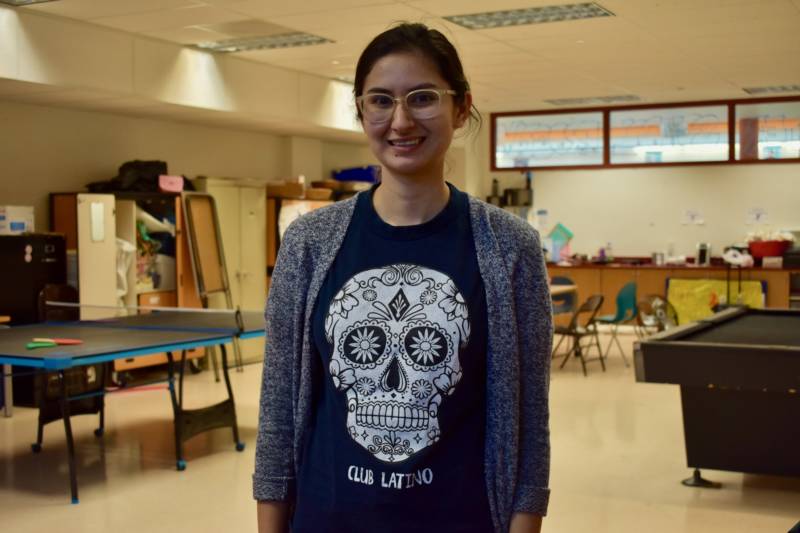
De Haro helped found the Sueño Latinx club when she started working at John O'Connell High School five years ago.
“I want my students to remember their ‘why,' a lot of the times our 'why' is our family," De Haro said. On Día de los Muertos, she celebrates the life of her dad who passed away when she was a teenager, but who continues to motivate her. "It really hurts when they are no longer with us, but [we're] remembering that they are in us, that we have a purpose and we have to continue going.”
